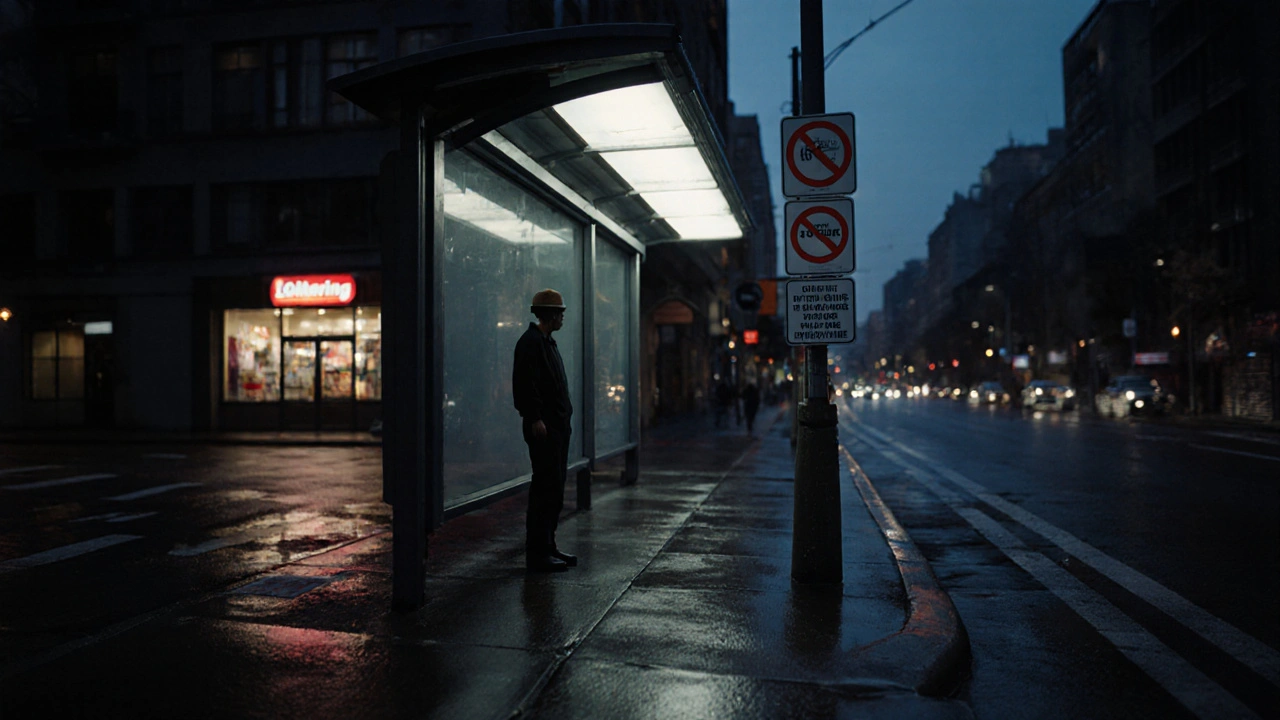Prostitution-Free Zones: What They Are and How They Impact Sex Workers
When cities create prostitution-free zones, areas where sex work is legally prohibited to reduce public visibility. Also known as red-light zone restrictions, these policies are often sold as public safety measures—but they rarely make sex work safer. Instead, they push workers into isolated streets, abandoned buildings, or online spaces with less oversight, making it harder to screen clients or call for help when something goes wrong.
These zones don’t disappear sex work—they just move it. Think of it like trying to stop rain by banning umbrellas. The water still falls, but now people get soaked without protection. sex work laws, the legal framework governing adult services in different regions vary wildly. In some places, selling sex isn’t illegal, but soliciting or loitering is. In others, just being seen in certain neighborhoods can get you arrested. And sex worker safety, the ability to work without fear of violence, arrest, or exploitation depends far more on access to peer networks, legal support, and decriminalization than on how many blocks are marked "no sex work."
Studies from Canada, New Zealand, and parts of Europe show that when sex work is decriminalized—meaning workers aren’t treated as criminals—violence drops, health services get used more, and police can focus on real crimes like trafficking or assault. But in places with strict urban policy, local government rules that shape public space and behavior, like London or parts of the U.S., enforcement targets workers, not buyers or pimps. This creates a cycle: workers are fined or jailed, lose their housing or jobs, and end up more vulnerable than before.
And it’s not just about the law—it’s about how it’s applied. A prostitution-free zone might look like a quiet park on a map, but for someone trying to earn a living, it means choosing between getting arrested or working in a dark alley with no witnesses. It means missing out on STI testing because the clinic is too far, or skipping a safety check because you’re afraid of being seen. These zones don’t protect communities—they punish the most exposed people in them.
What you’ll find in the posts below isn’t theory. It’s real stories and practical tools from people who live under these rules every day. You’ll read about how sex workers document incidents to protect themselves, how police use digital evidence to build cases, and how medical and tour escort services operate in the same cities where these zones exist. There’s no sugarcoating here—just facts, strategies, and the quiet resilience of those who keep working despite the system.

- Oct, 31 2025
- 0 Comments
Loitering and Prostitution-Free Zones: How Local Laws Target Sex Workers
Loitering and prostitution-free zones are used to push sex workers out of public spaces, increasing their risk of violence and arrest. These laws don’t improve safety-they make survival harder.
read more